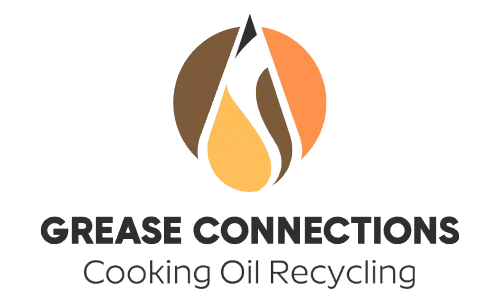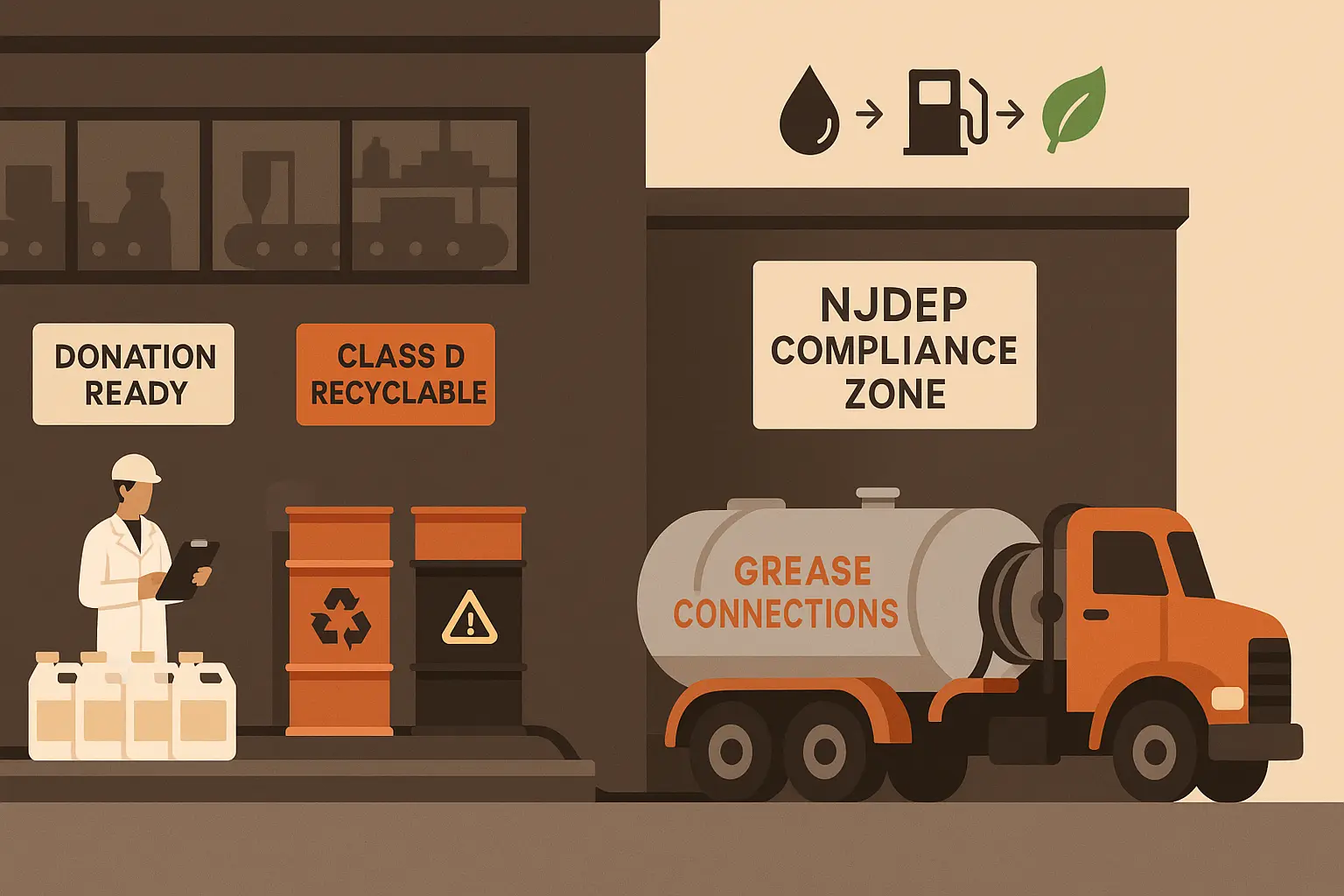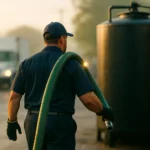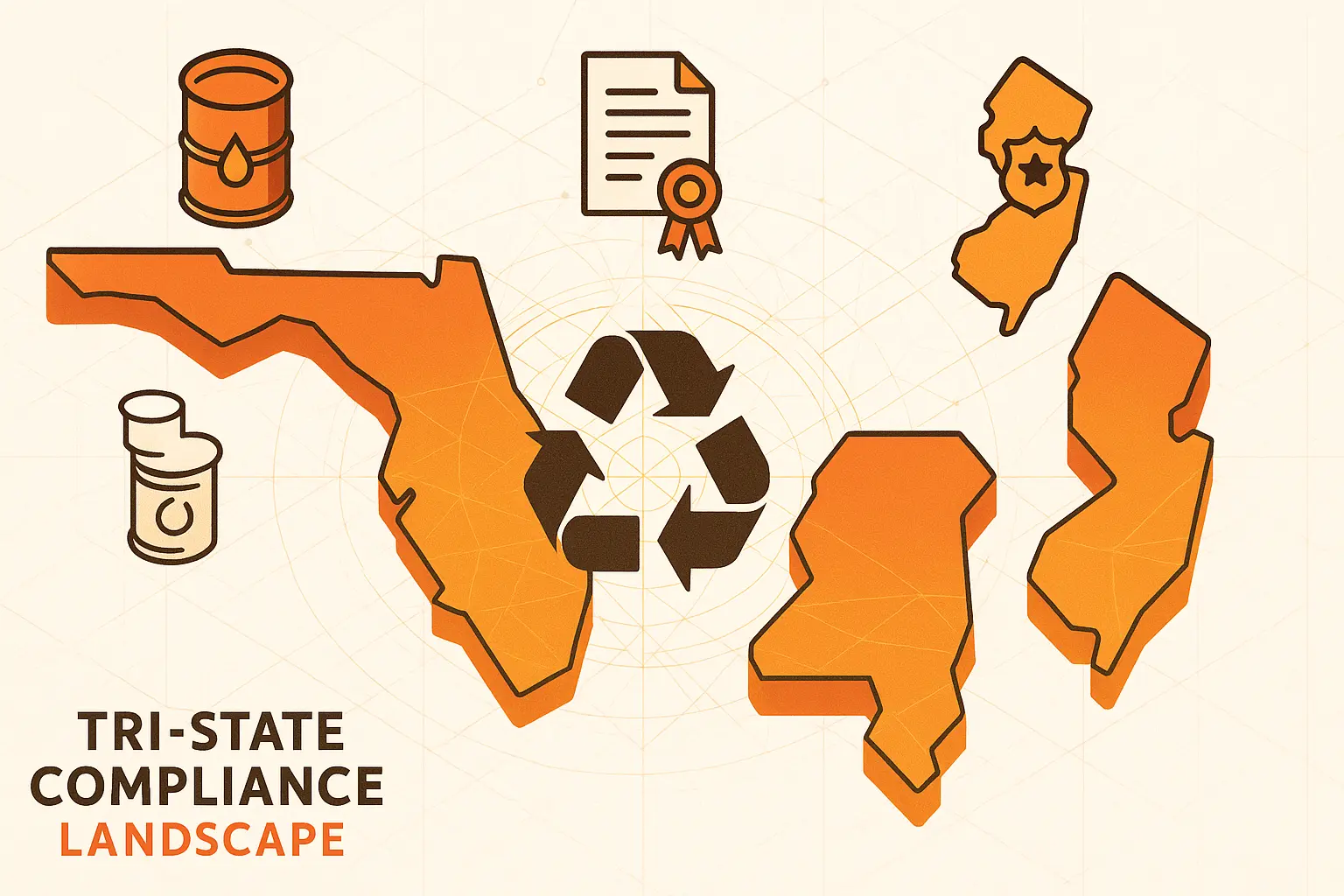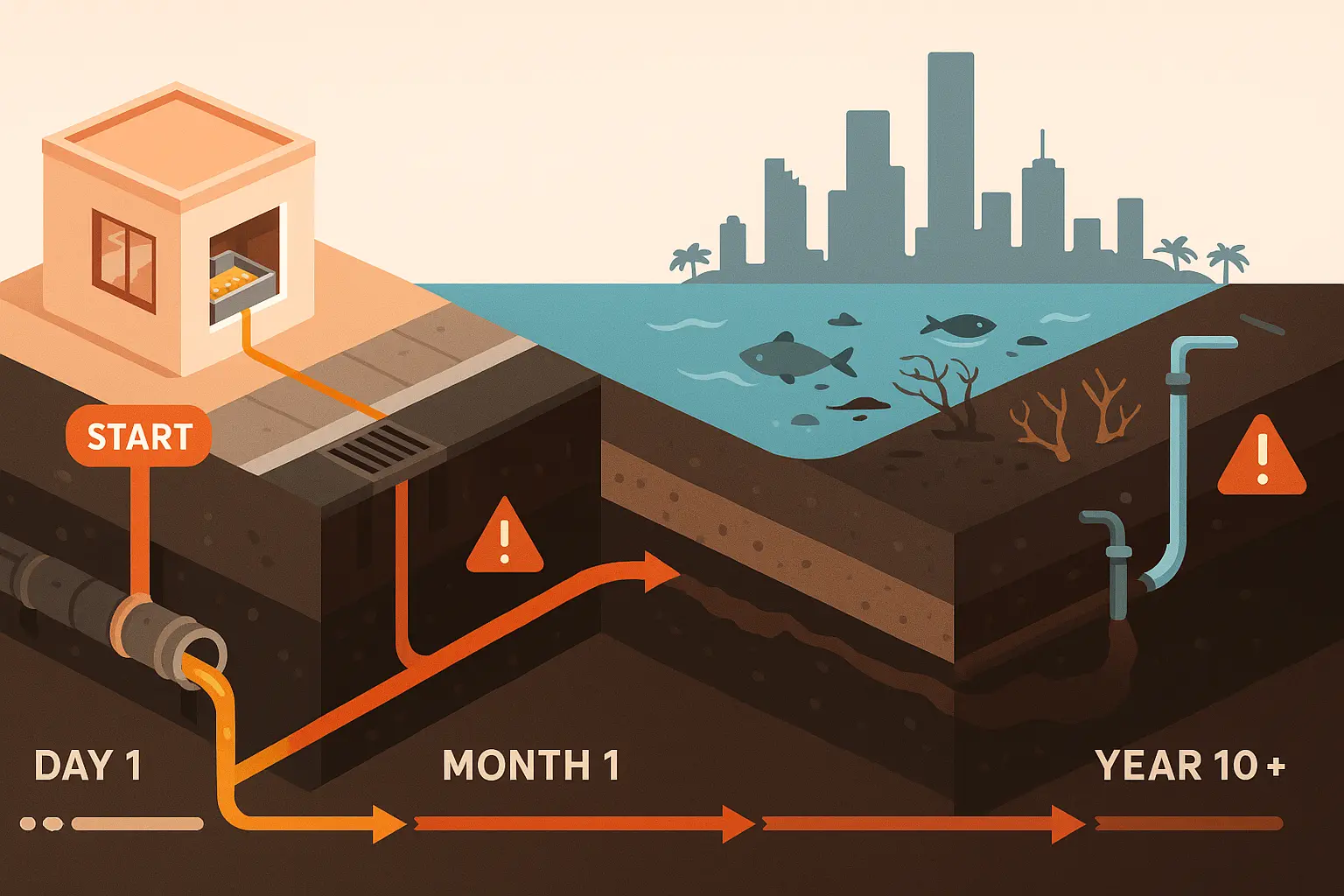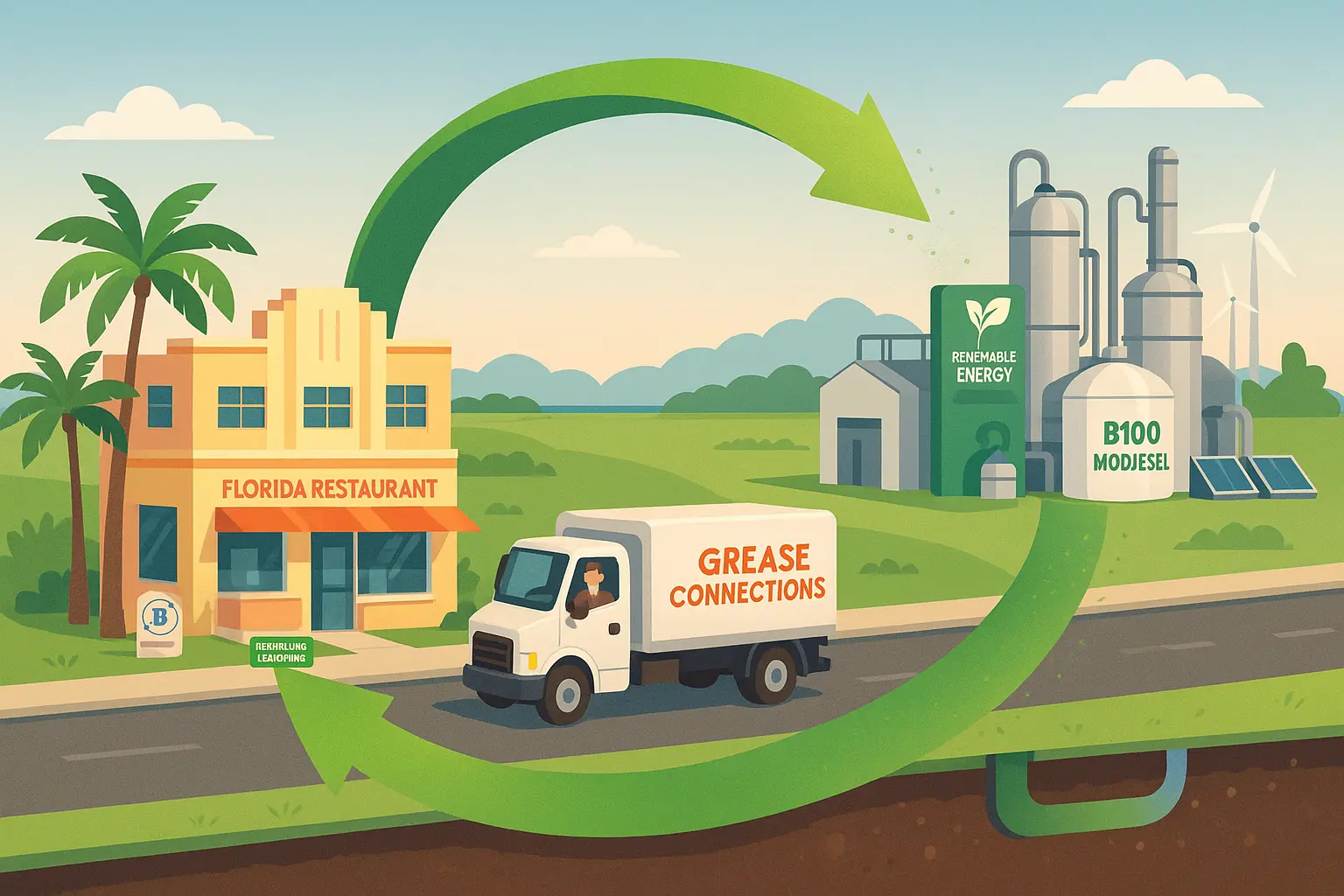Table of Contents
Why Cosmetic Oil Waste Rules Matter in New Jersey
Carrier oils that miss spec coconut, jojoba, shea become industrial waste under NJDEP hazardous waste rules, exposing plants to RCRA citations and state penalties if mishandled. Sewer authorities also treat any fat, oil or grease (FOG) that escapes pre treatment as a violation; county fines now range from $210 to $1,140 per day for repeat offenses. Beyond dollars, a single pipe blockage can halt a batch line, delay orders, and invite unwanted inspections.
Grease Connections advises that every gallon of cosmetic oil has value as biofuel feedstock, yet only when routed through a licensed Class D recycler. Compliant disposal therefore protects uptime, keeps branding clean, and even generates rebate revenue turning what looked like loss into line item profit.
Waste or Donation? Knowing the Line
EPA notes that a cosmetic is not hazardous waste when legitimately reused, reclaimed, or lawfully donated. Off spec but unopened product often qualifies for regional programs like Project Beauty Share or Norwescap, provided jars are ¾ full and unexpired. Once a seal is broken, RCRA rules apply, and oils with solvents, pigments, or fragrance concentrates typically fail the toxicity test, forcing hazardous classification.
The safe rule: When in doubt, segregate in a labeled container and request a manifest. Donation paperwork must travel with each outbound pallet; without it, enforcement may presume disposal and levy fines.
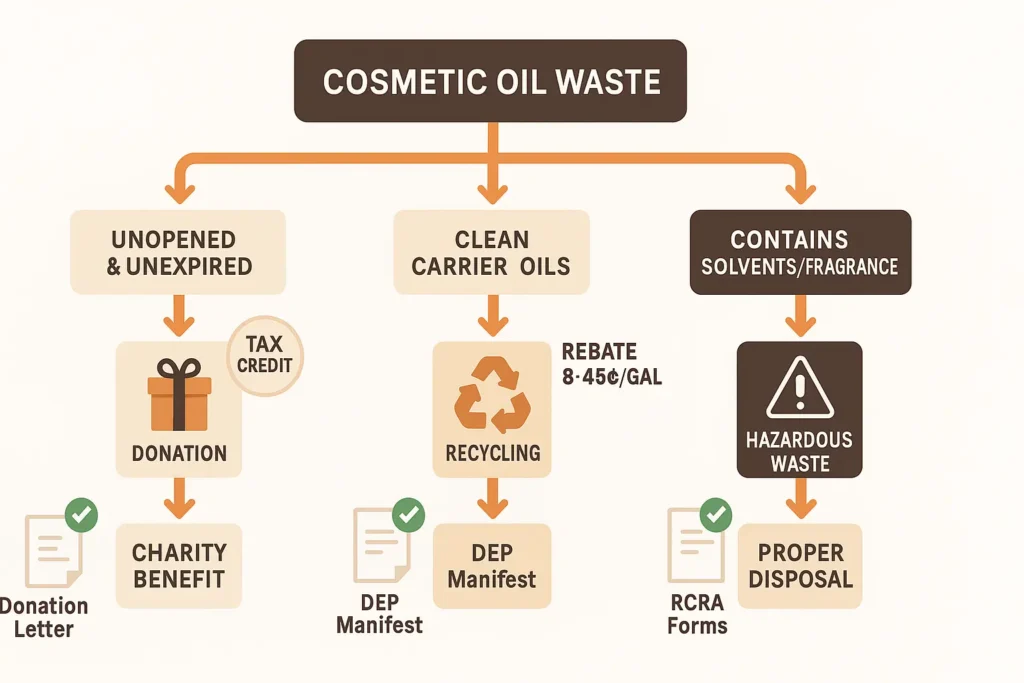
The Legal Framework: NJDEP, Class D & RCRA
New Jersey treats used or off spec cosmetic oils as “Class D recyclable material Used Oil” when destined for re refining or energy recovery. Facilities that cannot recycle must follow NJAC 7:26 hazardous waste procedures, including A 901 transporter requirements and biennial reporting.
Class D status eases permitting but demands closed containers, spill kits, and a signed DEP manifest for every pickup. Grease Connections reminds facilities that Class D is still a regulated stream storage over 1,000 liters triggers secondary containment and weekly log inspections. Align manifests with 40 CFR 279 and you meet both state and federal law in one stroke.
Lotion & Soap Plants: The FOG Permit Layer
Most North Jersey cosmetics fillers discharge wash water to municipal sewers, so a local FOG permit sits atop DEP rules. Newark, for instance, requires a grease trap sizing sheet and interceptor maintenance log before issuing certificates of occupancy. Miss two pump outs and the daily fine doubles, echoing statewide penalty tables.
Grease Connections notes first offense penalties of $250 and climbing for unpermitted discharges. Keep renewal dates on a wall calendar and let your used collection company co sign trap reports to satisfy inspectors in one visit.
Storage, Segregation & Record Keeping Made Simple
NJDEP’s Class D manual requires leak proof drums, secondary containment, weekly inspections, and three year document retention. Label every vessel “Used Cosmetic Oil For Recycling” and log start fill dates; that simple placard guards against accidental mixing with hazardous solvent streams. A spreadsheet or RFID tagged tote prints a digital manifest automatically, which auditors prefer over handwritten sheets.
From Waste to Resource: Recycling & Reuse Paths
Grease Connections’ A 901 trucks vacuum oil into double walled tanks and move it to biodiesel processors, cutting life cycle CO₂ by up to 86 percent. Shea butter press cake can feed compost or cosmetic filler after moisture removal, according to University of Michigan’s upcycling study.
| Path | Regulation | Typical Cost / Value | Best For |
|---|---|---|---|
| Class D Recycling | NJAC 7:26A Part 4 | Rebate 8 to 45 ¢/gal | Clean, single oil streams |
| Hazardous Waste Incineration | RCRA 40 CFR 261 | $1 to $4/lb | Oils with heavy metals/fragrance solvents |
| Donation | RCRA §261.2(e) | $0 (tax credit) | Unopened, unexpired product |
| On Site Reuse | FDA/GMP | Cost avoidance | Re batching compatible lots |
Properly sorted streams protect both margins and the planet while keeping regulators off your back.
Overstock Donation & Product Recall Diversion
Non profit partners require clear INCI labels and at least six months’ shelf life on creams and oils; anything less is waste by default. Norwescap reports that 750 donated skin care units in 2020 saved $14,000 in landfill fees while supporting shelters. The EPA allows donation as “legitimate reuse,” exempting pallets from hazardous classification when paperwork proves destination and intent. Maintain a signed letter from the charity with each load to satisfy inspectors.
City by City Watchlist & Contacts
| City | FOG Permit Fee (2025) | Daily Fine Cap | Sewer Contact |
|---|---|---|---|
| Newark | $330 | $760 | Dept. Water & Sewer Utilities |
| Camden | $225 (includes rebate credit) | $530 | Camden County MUA |
| Jersey City | $310 | $1,140 | NHSA Pretreatment |
| Atlantic City | $260 + $50 hotel district | $450 | ACUA Compliance |
Numbers reflect Grease Connections’ 2025 county tracker and Maplewood ordinance data. Always confirm local updates; some towns publish new schedules each fiscal year and double fines for repeat offenses.
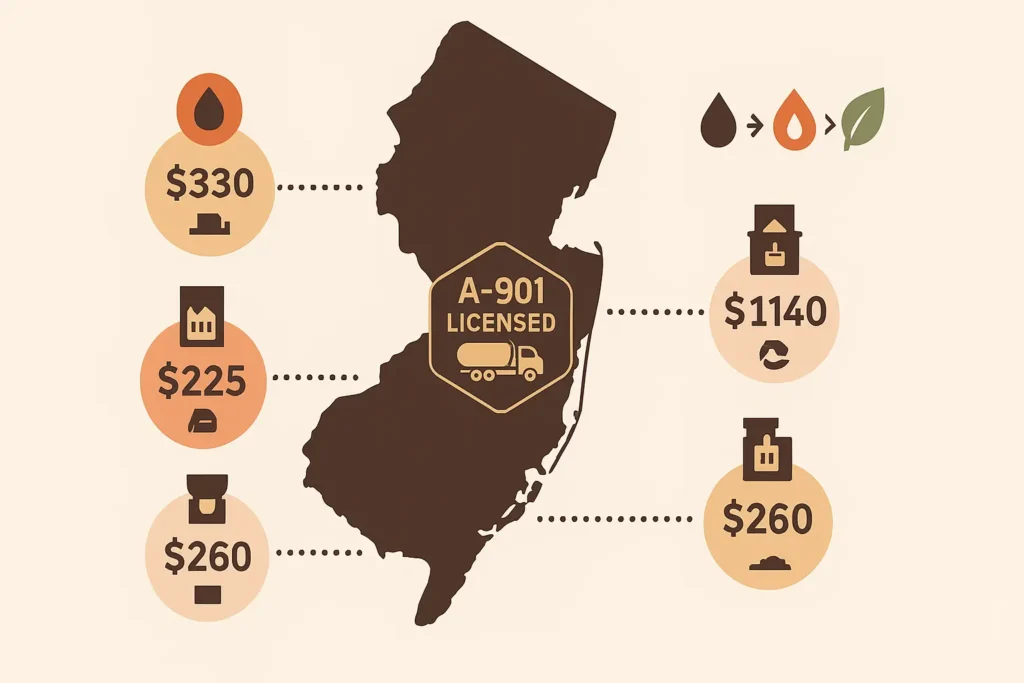
Partnering with the Right Used Collection Company
Only carriers with active A 901 licenses may touch Class D streams in New Jersey, and Grease Connections holds that credential alongside DEP e manifest capability. Our used cooking oil recycling company supplies RFID tagged containers and log gallons and sulfur ppm, generating the paperwork regulators request before trucks leave your dock.
Next Steps: Your 5 Point Compliance Checklist
- Map waste streams separate donation ready, Class D, and hazardous batches.
- Verify permits ensure current FOG certificates and A 901 receiver on file.
- Secure storage closed, labeled drums with weekly log and spill kit nearby.
- Schedule pickups align manifests with production cycles; keep digital copies three years.
- Audit annually review city fee changes and update SOPs; Grease Connections can run a free audit on request.
Meet those five points and you’ll satisfy DEP, local sewer rules, and corporate ESG goals while turning yesterday’s oil into tomorrow’s fuel.
